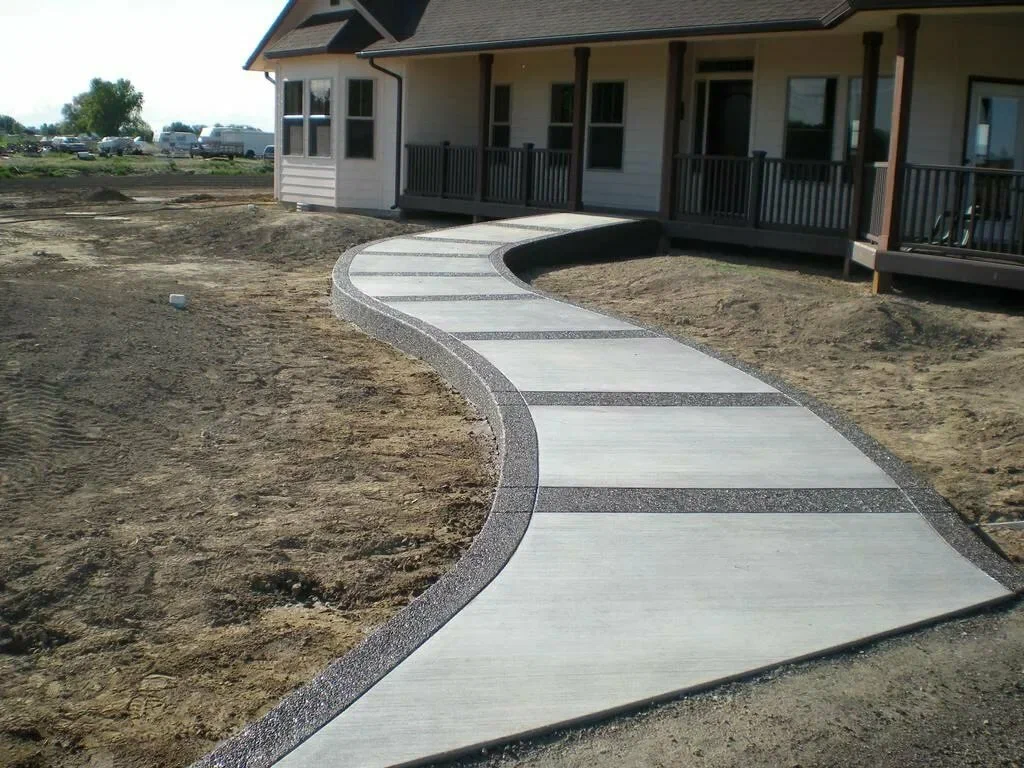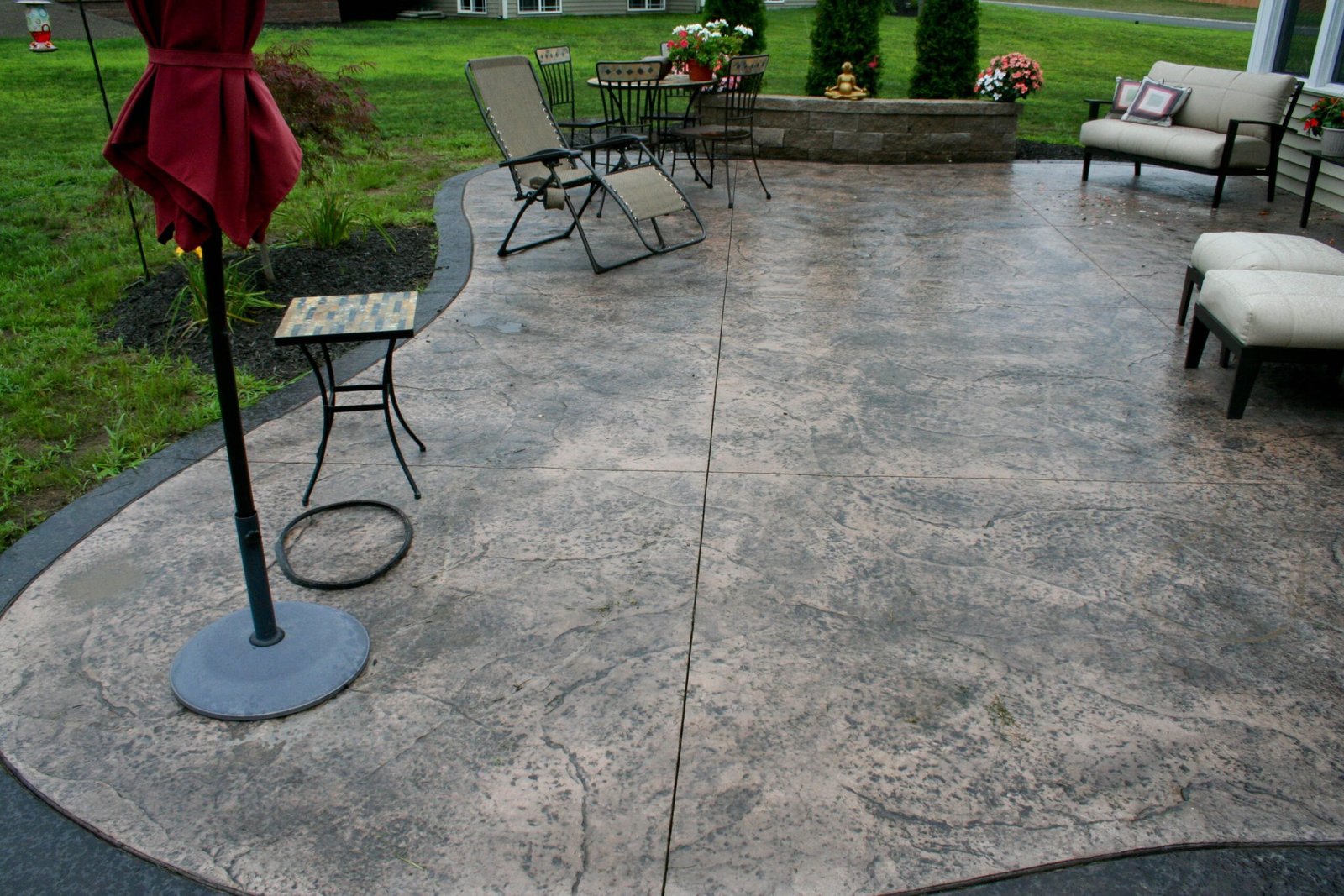Perforated metal sheet has become one of the most adaptable and sought-after materials in modern industrial, architectural, and interior design applications. Its appeal lies in its combination of functionality and visual aesthetic. With an extensive range of uses, perforated metal sheet is now regarded as a crucial component in construction, automotive, agriculture, and even art installations.
This article explores the most popular ways this versatile material is used across industries and how it continues to reshape contemporary design and infrastructure.
Understanding the Structure and Benefits of Perforated Metal Sheet
Before exploring its popular applications, it is essential to understand what makes perforated metal sheet so valuable. As the name suggests, it is a sheet of metal that has been manually or mechanically punched with holes or shapes in a predetermined pattern. The base material can be aluminum, steel, stainless steel, copper, or brass depending on the use-case scenario.
The advantages of using perforated metal sheets include:
- Enhanced ventilation and air flow
- Reduced material weight without compromising strength
- Aesthetic flexibility for design innovation
- Acoustic and noise control capabilities
- Environmental benefits like natural lighting and solar shading
These characteristics make it ideal for a wide range of applications across various sectors.
Architectural Applications of Perforated Metal Sheet
One of the most popular uses of Perforated Metal Sheet is in modern architecture. Architects and designers value its ability to blend structural integrity with aesthetic appeal. Facades, sunscreens, and cladding systems use perforated metal to enhance visual interest and improve building performance.
In commercial buildings, it can be used to create captivating exterior walls that allow for light diffusion, temperature regulation, and improved energy efficiency. The geometric and patterned designs made possible by perforation also contribute to unique building identities.
Inside buildings, perforated metal sheets serve as excellent decorative elements. They are often used in ceiling panels, wall dividers, and staircase railings. Their translucent nature allows for visual depth and ambient lighting that creates a welcoming environment.
Interior Design and Decorative Features
Interior designers are increasingly adopting perforated metal sheet for residential and commercial spaces. With its lightweight and adaptable nature, it offers new design possibilities, especially in modern or industrial-themed settings.
Applications include:
- Room partitions that allow light transmission
- Custom lighting fixtures with intricate metal patterns
- Stylish cabinet doors or shelving units
- Acoustic panels for sound absorption in noisy environments
With a wide variety of finishes, colors, and perforation styles available, it becomes easy to integrate perforated sheets into both traditional and contemporary designs.
Industrial and Mechanical Engineering Applications
In industries that require airflow, separation, and durability, perforated metal sheet is an optimal choice. It is commonly found in filtration systems, ventilation grilles, and machinery enclosures.
For instance, in HVAC systems, perforated metal ensures airflow while protecting internal components. In manufacturing plants, it is often used for protective screens on machines, which provide safety without limiting visibility.
Agricultural equipment also benefits from the use of perforated metals in seed sorters, grain dryers, and ventilation systems for animal enclosures. The material’s resistance to wear and corrosion makes it highly efficient in tough environments.
Automotive and Transportation Industry
The automotive and transportation sectors use perforated metal sheet for its lightweight structure and Aesthetic Versatility. In car manufacturing, it is often incorporated into grilles, sound systems, and heat shields. The perforations help reduce vehicle weight, leading to increased fuel efficiency without compromising strength.
Train interiors, bus partitions, and airport seating often integrate perforated sheets for both their aesthetic appeal and durability. Because the sheets allow for airflow, they also contribute to passenger comfort.
Acoustic Control and Noise Reduction
Acoustic control is a critical concern in areas such as office buildings, theaters, and public spaces. Perforated metal sheet plays a significant role in Sound Management, especially when backed with acoustic insulation materials.
The holes in the metal sheets help absorb sound waves, reduce reverberations, and control noise levels. This makes them popular in the design of auditoriums, conference rooms, and factories where noise pollution must be minimized.
Additionally, acoustic panels made from perforated metal can be tailored to fit the aesthetic of the space, proving that function and design do not have to be mutually exclusive.
Environmental and Energy Efficiency Solutions
Another rising trend is the use of perforated metal sheet in sustainable building practices. Architects leverage its shading capabilities in energy-efficient designs. When used as a facade or solar screen, it helps reduce solar heat gain, lowers the cooling load of a building, and maximizes natural daylight.
This results in a more energy-efficient structure and reduced dependence on artificial lighting and air conditioning. Some buildings even integrate smart systems that adjust the position of perforated panels depending on the sun’s movement.
The sustainability of perforated metal also lies in its recyclability and long life span, making it a responsible choice for eco-conscious construction projects.
Retail and Display Systems

Retail environments often prioritize visibility and accessibility without compromising style. Perforated metal sheet is widely used in shelving systems, product displays, and hanging racks.
Its flexibility allows brands to create modular and scalable display systems that can be customized based on product types. The material also supports various finishing techniques—powder coating, anodizing, polishing—which can be adapted to fit a brand’s visual identity.
Moreover, its open structure ensures that products are clearly visible to consumers while maintaining a polished and sophisticated appearance.
Security and Fencing Systems
Security is a concern for commercial buildings, public spaces, and industrial properties. Perforated metal sheet is often used in fencing and barrier systems due to its strength and transparency.
Unlike solid walls, perforated metal barriers allow visibility while offering a physical boundary, which is ideal for areas needing both monitoring and access control—such as parking lots, stadiums, and restricted industrial zones.
These applications showcase the durability and adaptability of the material, making it a popular solution for securing assets without creating an imposing visual block.
Artistic and Sculptural Installations
Artists and sculptors have embraced perforated metal sheet as a medium for modern expression. With laser-cutting and digital design technologies, intricate patterns and three-dimensional forms are now easier to create than ever before.
Public art installations, museum exhibits, and decorative sculptures often employ perforated sheets for their texture, light-play effects, and dimensional possibilities. It has also gained attention in the world of urban landscaping, where it is used in benches, gazebos, and lighting posts with artistic flair.
This intersection of utility and creativity continues to drive demand in cultural and aesthetic projects.
Conclusion
From high-performance industrial systems to visually striking architectural projects, the perforated metal sheet proves its value across countless applications. Its flexibility, durability, and design potential make it a favorite among architects, engineers, designers, and manufacturers alike. Whether you are aiming for functionality, sustainability, or visual impact, perforated metal sheet delivers results that are both practical and inspiring.
For more insightful articles related to this topic, feel free to visit: techners












Leave a Reply